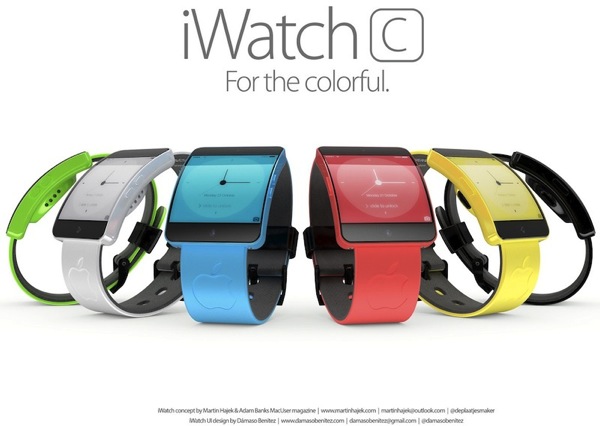
Apple Said to Be Exploring Solar and Kinetic Charging Methods for iWatch

The majority of the iWatch rumours have been focusing on “leaking” information about the smart watch’s display, but one of the key elements of future portable computing devices is battery life. And Apple is working on a variety of methods addressing that issue, the New York Times has learned.
For its wristwatch, Apple has been testing a method to charge the battery wirelessly with magnetic induction, according to a person briefed on the product. A similar technology is already used in some Nokia smartphones — when a phone is placed on a charging plate, an electrical current creates a magnetic field, which creates voltage that powers the phone.
Thing is, the whole process is slow: although we have twenty-first-century devices, battery technology is stuck in the last century, so there is a huge demand for an upgrade. But the process is slow, so don’t expect it to happen tomorrow, the father of the iPod, Tony Fadell, highlights.
Meanwhile, Apple has been busy experimenting with a variety of technologies: solar or movement-based charging, but as it turns out, we will still have to wait for these ideas to materialize. The company has several patents in this field, but one that has captured the attention of the NYT for a flexible battery that could power a wristwatch or tablet: it would feature a thin, curved form, and could be easily coupled with to a flexible solar panel layer.
Speaking of flexible layers, the NYT report corroborates earlier rumours of an iWatch with a curved-glass screen.
For its wristwatch, Apple has been testing a method to charge the battery wirelessly with magnetic induction, according to a person briefed on the product. […] Apple has also experimented with new power-charging methods for a potential smartwatch, people close to the efforts said, though such experiments are years from becoming a reality. The watch is expected to have a curved glass screen, and one idea is to add a solar-charging layer to that screen, which would give power to the device in daylight, they said.
Another experiment at Apple has involved charging the battery through movement, a method that is already used in many modern watches. A person’s arm swinging could operate a tiny charging station that generates and pushes power to the device while walking, according to a patent filed by Apple in 2009.
As you may have already guessed, Apple isn’t the only one working on battery technologies: Google, Samsung and several universities are spending countless hours trying to come up with a solution that could enhance our future portable smart computing devices’ battery life.
One thing appears to be sure: battery life is one of the main issues Apple needs to address as it seeks to create a powerful iWatch (?) that is capable of lasting several days, not hours, before you need to plug it into the charger.

